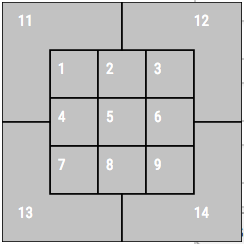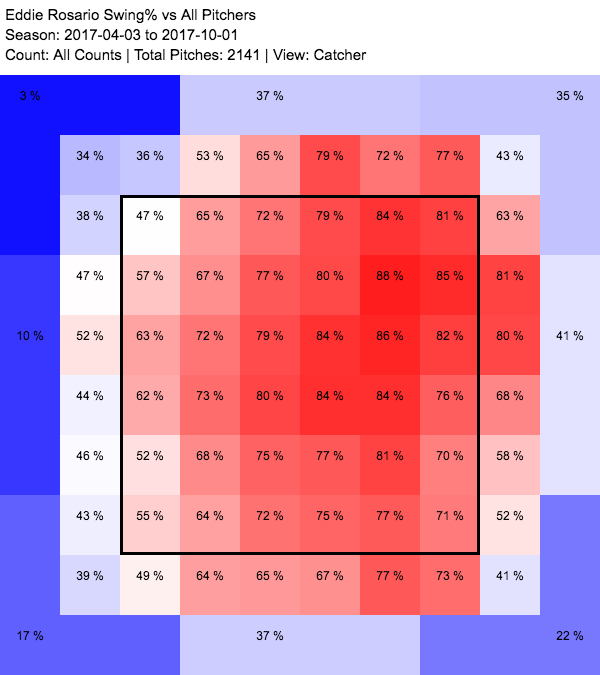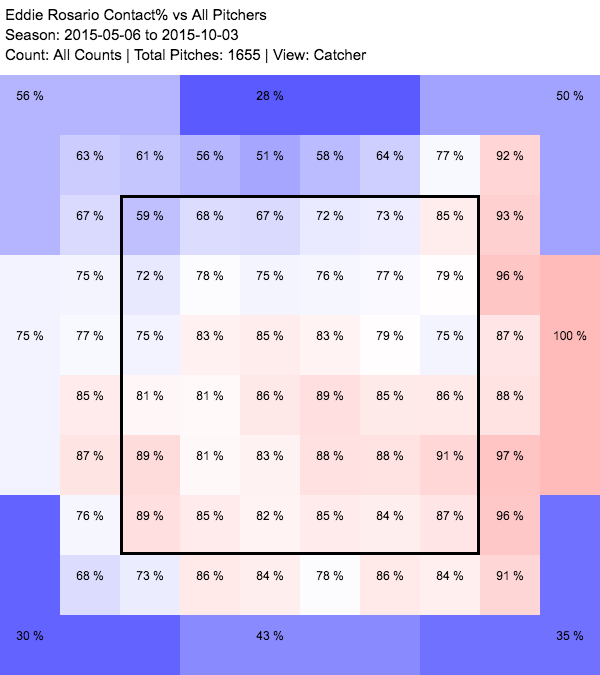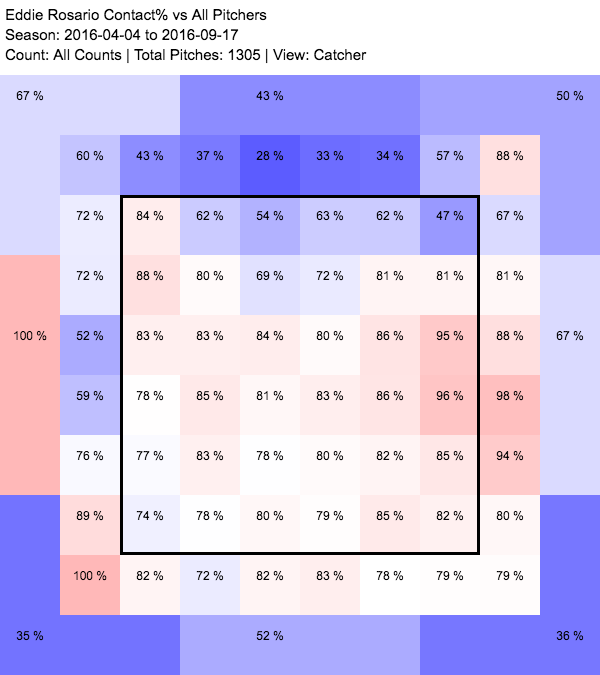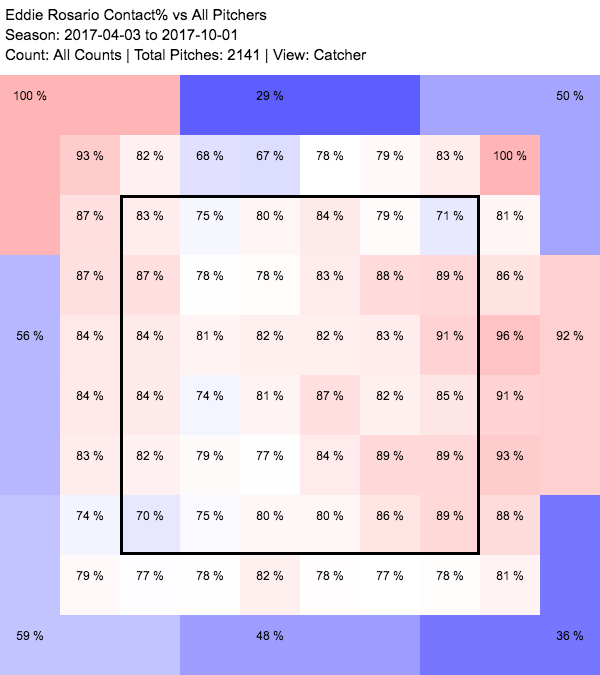New Swing Brings New Struggles for Kyle Seager
Behind many high hopes for the 2018 Mariners was a quiet confidence in the continued performance of veteran players. Among those players was Kyle Seager. Although his offensive numbers dipped quite a bit in 2017, he was still viewed as a quality hitter going forward, but as we close in on the season’s halfway mark, Seager’s performance is still leaving something to be desired.
The power is still there. Twelve homers and 17 doubles put Seager on pace to finish around his typical extra-base production, but the strikeouts are way up, the walks are way down, and as a result, his OBP is a disastrous .270. Even though he has generally come through when the Mariners need him the most (.300/.333/.750 175 wRC+ in 33 PA in high leverage situations), Seager’s overall production has been a disappointment, as he’s slashing .222/.270/.408 (86 wRC+) on the year. Perhaps it all started last season when he curiously turned in his worst full-season performance (106 wRC+) immediately after a career-year at the plate in 2016 (132 wRC+), so let’s cozy up in our armchairs and play hitting coach for a few minutes.
First, we’ll get familiar with Kyle’s swing this year:
Note: There’s nothing wrong with your internet connection. The gifs are just in slooooowww moootiooonnnn.

Pretty upright. Medium leg kick. A lot of pre-swing action and an obvious hitch before the hands load. There are a lot of moving parts here, but nothing jumps out as clearly flawed.
Back in 2014, things were much quieter though:
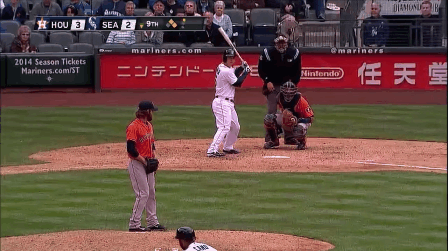
Here, Seager’s leg kick is more subdued with a quick toe tap and his hands are much quieter throughout.
In 2015, Seager adopted a more substantial stride, leaving the toe tap behind:

His hands start lower, but as they load, they come up to a position consistent with 2014. The camera angles make it difficult to tell, but there also appears to be greater separation between his hands and chest.
Moving onto 2016 (Seager’s career year), we start to see a more exaggerated pre-swing motion:

But that extra motion is inconsequential because, once again, as his swing comes together, his hands return to a position consistent with the previous couple years. We also see the return of his toe tap.
Now 2017:

His stance looks a little more open here with a slightly bigger stride, but Seager’s swing looks very much the same as it did in 2016. The bat waggle is there, the toe tap is there, but his hands seem to drop ever so slightly more and don’t return to their usual position.
Compare these two gifs from a different angle (from Baseball Swingpedia on YouTube):
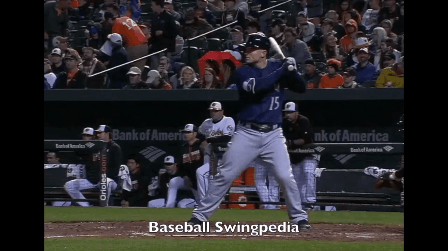
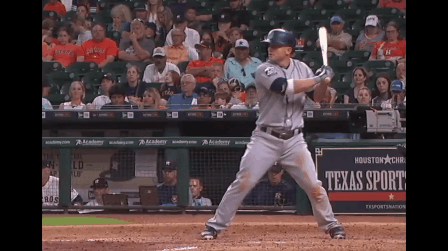
In 2016 (top), as his foot comes down, Seager keeps his left elbow up and his hands around chin high; however, in 2017 (bottom), his left elbow creeps down just a bit and his hands settle around shoulder high. For a clearer picture, check out these screenshots just as he plants his right foot:

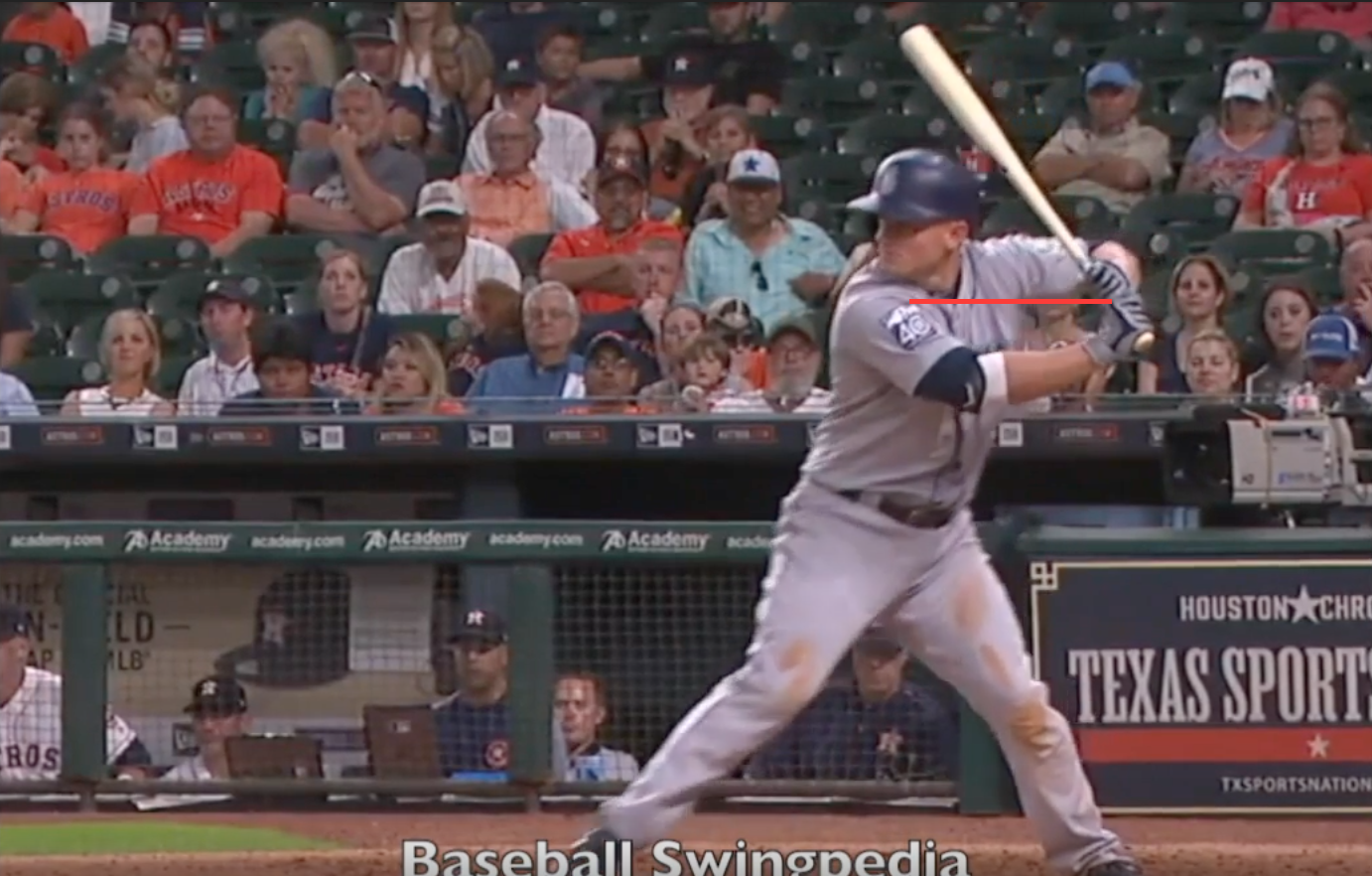
Hopefully, this lower position is more obvious in these screenshots because it’s subtle in real time. Now, hand position isn’t everything, but it is hugely important, and Seager’s hands might be a prominent factor in his recent offensive woes and might partially explain why 2017 was a year of great change for him.
That change may be best illustrated in the following table:
| Year | LD% | GB% | FB% |
| 2011 | 27.7 | 30.4 | 41.9 |
| 2012 | 21.9 | 35.9 | 42.3 |
| 2013 | 20.8 | 34.3 | 45.0 |
| 2014 | 22.2 | 36.7 | 41.1 |
| 2015 | 24.0 | 35.2 | 40.8 |
| 2016 | 21.9 | 36.1 | 42.0 |
| 2017 | 17.1 | 31.3 | 51.6 |
Whether it was the lowering of his hands that created more fly balls or the desire to hit more fly balls that lowered his hands, Seager’s fly ball percentage skyrocketed in 2017 and his average launch angle on line drives and fly balls combined jumped from 26.4° and 26.7° in consecutive years to 29.5°.
In theory, this wasn’t a bad idea. Seager does most of his damage in the air, and the quality of the fly balls he hit in 2017 (.412 xwOBA) was similar to that of his fly balls in 2016 (.434 xwOBA). A higher volume of fly balls should have meant more damage, but his altered swing may have caused his line drive rate to plummet. And with much fewer of those high percentage hits, Seager may have lowered what was an impressive offensive floor.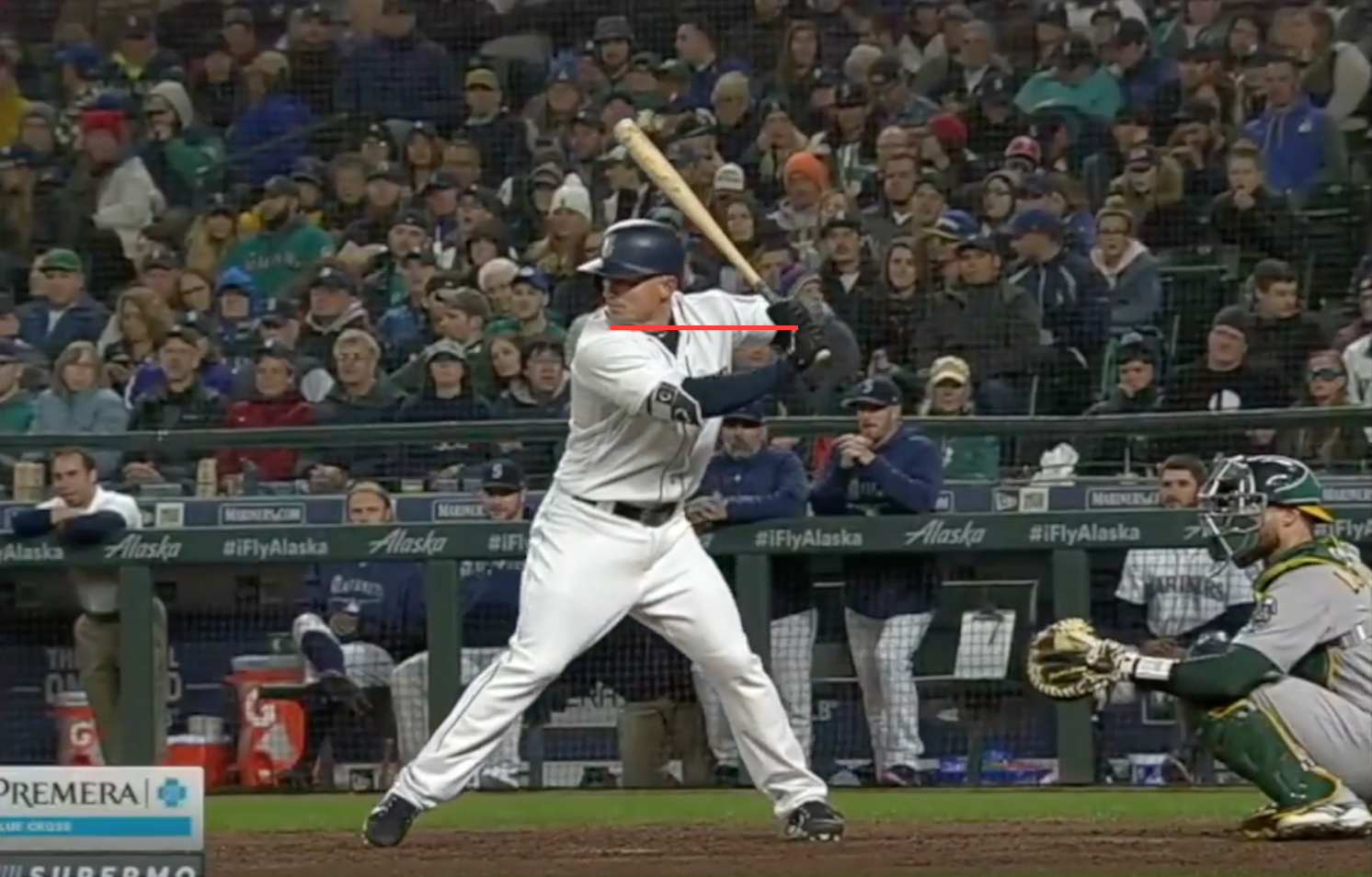 Seager’s hands appear much closer to their 2016 position. His average launch angle on line drives and fly balls combined is eerily similar to last year at 29.6° but his line drive launch angle has gone down while his fly ball launch angle has gone up, which appears to be a good thing based on his xwOBA on those batted balls. That’s not to say he’s 100% mechanically sound though (not that I would know exactly what that is but I digress). Currently, he’s on pace for a 44.7% FB% and a 19.2% LD% — the third highest and second lowest of his career, respectively — and that still-deflated LD% might be a “feel” or timing issue due in part to his hands’ tendency to drift as a pitch is coming in. Watch Seager’s hands closely in a couple examples from 2018:
Seager’s hands appear much closer to their 2016 position. His average launch angle on line drives and fly balls combined is eerily similar to last year at 29.6° but his line drive launch angle has gone down while his fly ball launch angle has gone up, which appears to be a good thing based on his xwOBA on those batted balls. That’s not to say he’s 100% mechanically sound though (not that I would know exactly what that is but I digress). Currently, he’s on pace for a 44.7% FB% and a 19.2% LD% — the third highest and second lowest of his career, respectively — and that still-deflated LD% might be a “feel” or timing issue due in part to his hands’ tendency to drift as a pitch is coming in. Watch Seager’s hands closely in a couple examples from 2018:
Between the pitch being released and him getting his foot down, Seager’s hands are still drifting backward whereas, in previous years, he’s been surgically steady:
I promise these are the last two gifs.
2018:
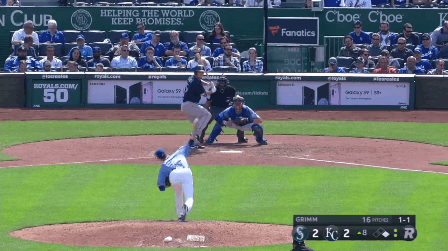
2015:

It’s a minute difference, but small disruptions in a hitter’s mechanics can have significant consequences. A diminished ability to square up line drives may be among those consequences and that problem has been magnified by the shift. Given that Seager is one of the more consistently shifted on batters in the league, his ability to hit line drives may be the crux of returning to normalcy at the plate.
| Year | PA with any shift on | LD% | GB% | FB% | wRC+ |
| 2013 | 47 | 19.6 | 34.8 | 45.7 | 75 |
| 2014 | 212 | 28.4 | 41.3 | 30.3 | 143 |
| 2015 | 280 | 27.5 | 39.9 | 32.6 | 86 |
| 2016 | 358 | 22.8 | 40.3 | 36.9 | 86 |
| 2017 | 374 | 18.8 | 32.4 | 48.8 | 56 |
| 2018 | 192 | 19.3 | 40.1 | 40.6 | 54 |
Generally, the higher Seager’s line drive percentage has been with the shift on, the better he has performed against it by wRC+. And although that doesn’t tell the whole story, it certainly makes a lot of sense. He’ll hit homers over the shift and he’ll poke some grounders through the shift, but if he can’t line balls past the shift a bit more, as we saw last year and are seeing this year, his offensive ceiling just won’t be the same.
Various little changes from one year to the next are what make the best players in the game the best players in the game, but in that quest to become the best, sometimes you can lose what once made you successful. Before you know it, square 1 isn’t where it was a few years ago. What is normal for Seager now is not what was normal when he was at his most successful, but considering that his power is still evident, he seems far from broken. For the majority of the season, his poor offensive performance has been buoyed by good teammates, yet the challenging past few games show that if the Mariners really hope to hang with the best of ’em, they need the Kyle Seager to show up on both sides of the ball.
All data from FanGraphs and Baseball Savant and referenced prior to games on 06/20/18.
